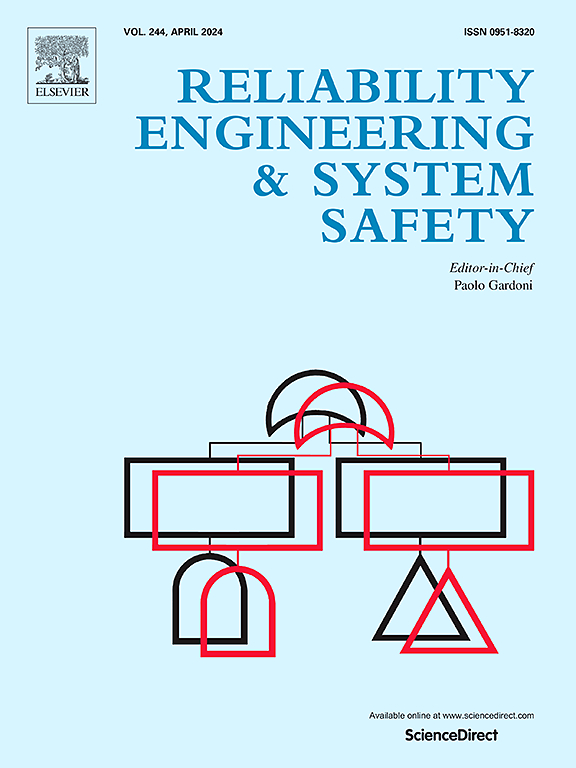A reliable and adaptive prediction framework for nuclear power plant system through an improved Transformer model and Bayesian uncertainty analysis
IF 9.4
1区 工程技术
Q1 ENGINEERING, INDUSTRIAL
引用次数: 0
Abstract
With the increasing adoption of digital transformation in nuclear energy, digital twin technology for nuclear power plants has emerged as a powerful tool for system management. A key function within this framework is accurate time-series prediction. However, current models in the nuclear field, primarily based on neural networks, often require extensive training data and face limitations in multi-parameter and multi-step predictions. Furthermore, dependence on simulated data can result in performance gaps when applied to real-world scenarios. To address these challenges, this paper proposes a multi-parameter and multi-step pre-trained Transformer model, enhanced through transfer learning and incremental learning strategies, to improve prediction accuracy and adaptability. In addition, a robust uncertainty analysis framework is integrated to quantify and manage the uncertainties inherent in model predictions. This integration of digital twin technology with advanced time-series prediction models provides a novel and reliable approach to improving nuclear power plants’ operational safety and efficiency.
求助全文
约1分钟内获得全文
求助全文
来源期刊

Reliability Engineering & System Safety
管理科学-工程:工业
CiteScore
15.20
自引率
39.50%
发文量
621
审稿时长
67 days
期刊介绍:
Elsevier publishes Reliability Engineering & System Safety in association with the European Safety and Reliability Association and the Safety Engineering and Risk Analysis Division. The international journal is devoted to developing and applying methods to enhance the safety and reliability of complex technological systems, like nuclear power plants, chemical plants, hazardous waste facilities, space systems, offshore and maritime systems, transportation systems, constructed infrastructure, and manufacturing plants. The journal normally publishes only articles that involve the analysis of substantive problems related to the reliability of complex systems or present techniques and/or theoretical results that have a discernable relationship to the solution of such problems. An important aim is to balance academic material and practical applications.
 求助内容:
求助内容: 应助结果提醒方式:
应助结果提醒方式:


